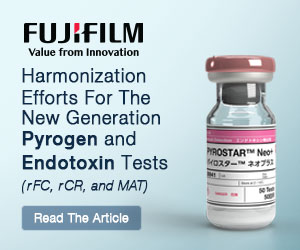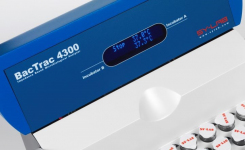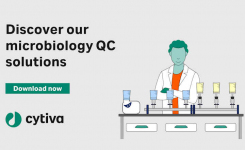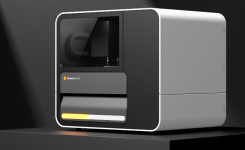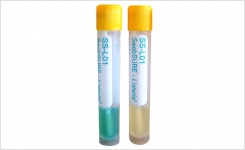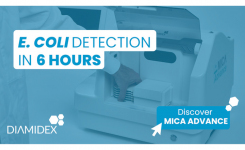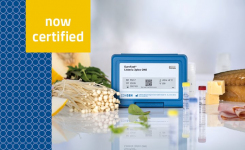Fungal Toxin Mystery Solved Using Biolog's Phenotype MicroArray™ Technology
go back to news archives| An important breakthrough in fungal toxin biology has been made possible through the use of Biolog´s Phenotype MicroArray technology. This major advance is described in two recent publications from a group at CSIRO in Queensland, Australia. The work by Donald Gardiner and his collaborators has recently been published in online editions of the journals Fungal Genetics and Biology and Microbiology. The fungus Fusarium graminearum is a major pathogen of wheat. It is the causative agent of head blight and results in substantial worldwide crop losses. Central to the infection process, the fungus produces a trichothecene toxin called deoxynivalenol. Although the toxin is produced at high levels during wheat infection, researchers have never been able to induce Fusarium to produce significant levels under laboratory culture conditions. This inability has hampered study of head blight disease and approaches to disease prevention. Now, this decades-old mystery has been solved. The CSIRO researchers used Biolog Phenotype MicroArray plates to culture the fungus simultaneously in hundreds of different micro-scale culture conditions. The set of culture conditions is designed to contain a diverse range of nutritional and stress conditions that a microbial cell might encounter. To facilitate detection, the CSIRO researchers constructed a special strain of the fungus, placing the green fluorescent protein under the genetic control region for the first step in the toxin synthesis pathway. If any culture condition induced synthesis of the toxin gene, the cells in that micro-well would exhibit green fluorescence. In a single experiment, they quickly screened hundreds of conditions and determined that key factors for turning on toxin synthesis are the presence of specific nitrogen compounds (arginine, agmatine, putrescine) as well as low extracellular pH. Even more generally, this work demonstrates the feasibility of using Biolog Phenotype MicroArray technology to study the induction of any microbially produced toxin or secondary metabolite. Toxins, and other secondary metabolites such as bacteriocins and other antibiotic compounds are typically produced under some special culture conditions that are difficult to determine. Biolog´s technology can provide breakthrough discovery in a single experiment. The utility is further demonstrated in a commercial application in a recent publication from Wyeth Research (Maya Singh, Journal of Microbiological Methods 77:102) who found culture conditions for high levels of antibacterial chemical production by fungi. Data from Phenotype MicroArray experiments have also contributed to the realization that intracellular hexose phosphates are chemical signals that turn on production of the toxin listeriolysin O during human infections by the bacterium Listeria monocytogenes (Barry Bochner, FEMS Microbiology Reviews 33:191). Phenotype MicroArray technology, developed with SBIR funding from NIH, is more and more proving to be an important breakthrough technology. It allows scientists to study the growth properties and culture condition responses of bacterial cells, fungal cells, and even human cells. As such it is becoming a core technology for cell assay and many other cellular studies. |
NOTE: This item is from our 'historic' database and
may contain information which is not up to date.
Source : Biolog Inc. View Company Information
Posted on June 22, 2009


